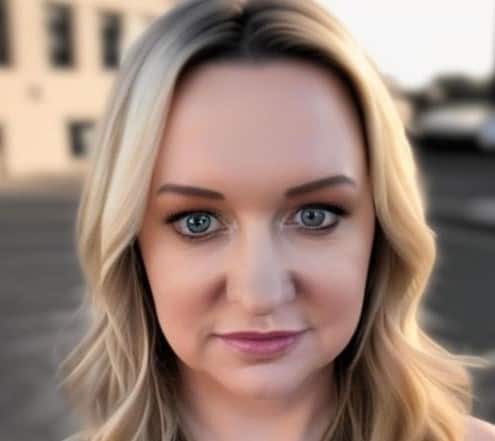Key Takeaways
- Drug addiction centers offer medical detox, emotional support, and therapy for OxyContin dependency.
- Adults addicted to opioids often struggle with both physical pain and emotional stress.
- Treatment focuses on rebuilding mental clarity, emotional strength, and daily stability.
- Support includes counseling, medication-assisted treatment, and dual diagnosis treatment.
- Personalized aftercare and relapse prevention support long-term recovery.
- People don’t need to go through recovery alone; help is available.
Introduction
Pharmaceutical companies developed OxyContin to help people manage severe pain, but many adults slowly began using it for more than that. What started as a prescription became a daily need, something that began controlling more of their life than they expected. If you’re here, reading this, it means you’re either going through that experience yourself or watching someone close to you struggle. And that’s hard. But there’s one powerful truth you need to know: you’re not alone, and recovery is possible. A drug addiction center isn’t just a place where people detox. It’s a safe, structured space where individuals receive the support they need, both physically and emotionally. If OxyContin has taken over your daily life, a proper recovery plan can help you take your life back. Let’s break down how these centers work and how they help adults rebuild from OxyContin addiction.Why Is OxyContin So Addictive?
OxyContin is a prescription opioid used to treat long-lasting or chronic pain. It works by changing the way your brain and nervous system respond to discomfort. But while it helps in the short term, it can cause dependency when used for a longer time or at higher doses. According to the National Library of Medicine, opioids like OxyContin can cause the brain to stop producing its pain-relief chemicals. When that happens, your body becomes dependent on the drug, not just to manage pain, but to feel “normal” at all. Over time, people build tolerance and need more of the drug to feel the same relief. Withdrawal symptoms like muscle pain, nausea, mood swings, and intense cravings make it hard to quit without help. Watch this YouTube video on how opioids go from medicine to madness to understand how this transition often happens without people even realizing it.What Role Does a Drug Addiction Center Play?
A drug addiction center specializes in helping people break free from the cycle of dependency. It provides structured, personalized care with a team of medical professionals, therapists, and support staff who understand the challenges of OxyContin addiction. Here’s what the process typically includes:- Medical detox: Medical professionals will guide you through withdrawal using medications that ease discomfort and keep you safe.
- Individual therapy: Helps you process the reasons behind your use and find new ways to cope
- Group therapy: Connects you with others who are on a similar journey, reducing feelings of shame or isolation
- Education and skill-building: Teaches you how to rebuild your routines, habits, and emotional tools
What Makes OxyContin Addiction Different for Adults?
For adults, addiction often develops slowly. You may have started using OxyContin after an injury, surgery, or ongoing medical issue. You didn’t plan to become dependent. Life responsibilities, like family, jobs, or caregiving, can also make it hard to recognize the addiction or ask for help. Many adults feel ashamed or afraid they’ll lose everything if they seek treatment. But the truth is, without help, addiction takes more than it ever gives. A drug addiction center offers a safe space to heal without judgment and helps you create a path back to stability. The University of Connecticut’s Poison Control also provides a public FAQ about opioid use, which answers common concerns about withdrawal, tolerance, and safety.What Is Dual Diagnosis Treatment and Why Is It Important?
Some adults facing OxyContin addiction are also dealing with mental health conditions like anxiety, depression, or PTSD. When addiction and mental health disorders exist together, it’s called a dual diagnosis. Treating just the addiction without addressing the mental health piece doesn’t work long-term. You’ll still feel overwhelmed, anxious, or emotionally numb, which can lead to relapse. That’s why dual diagnosis treatment is so critical. It focuses on healing both the body and the mind, often through a combination of medication, counseling, and lifestyle support. This approach leads to stronger, more lasting recovery outcomes.
What Does Recovery Look Like After Rehab?
Once inpatient or outpatient care ends, recovery keeps going. Many people continue to support through:- Peer meetings or 12-step groups
- Individual or family therapy
- Relapse prevention planning
- Regular health check-ins
How Do Drug Addiction Centers Support Law Enforcement in Addressing the Opiate Crisis?
Drug addiction centers play a vital role in the community by collaborating with law enforcement to combat the opiate crisis. By sharing data and resources, these centers enhance response strategies, ensuring quicker intervention and rehabilitation for affected individuals. The opiate crisis treatment center importance lies in its dual focus on recovery and public safety.









